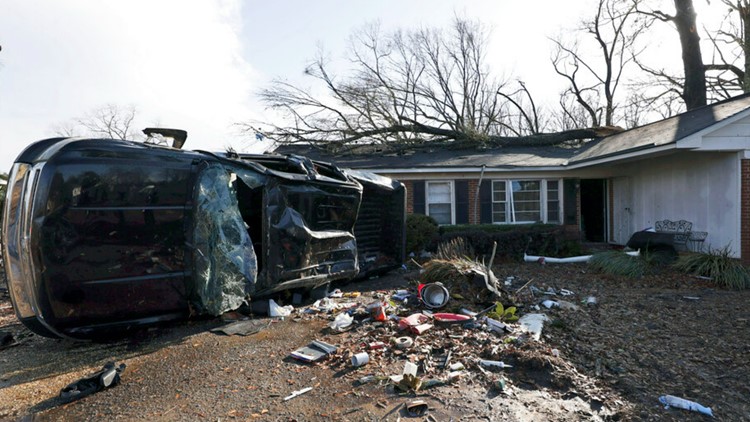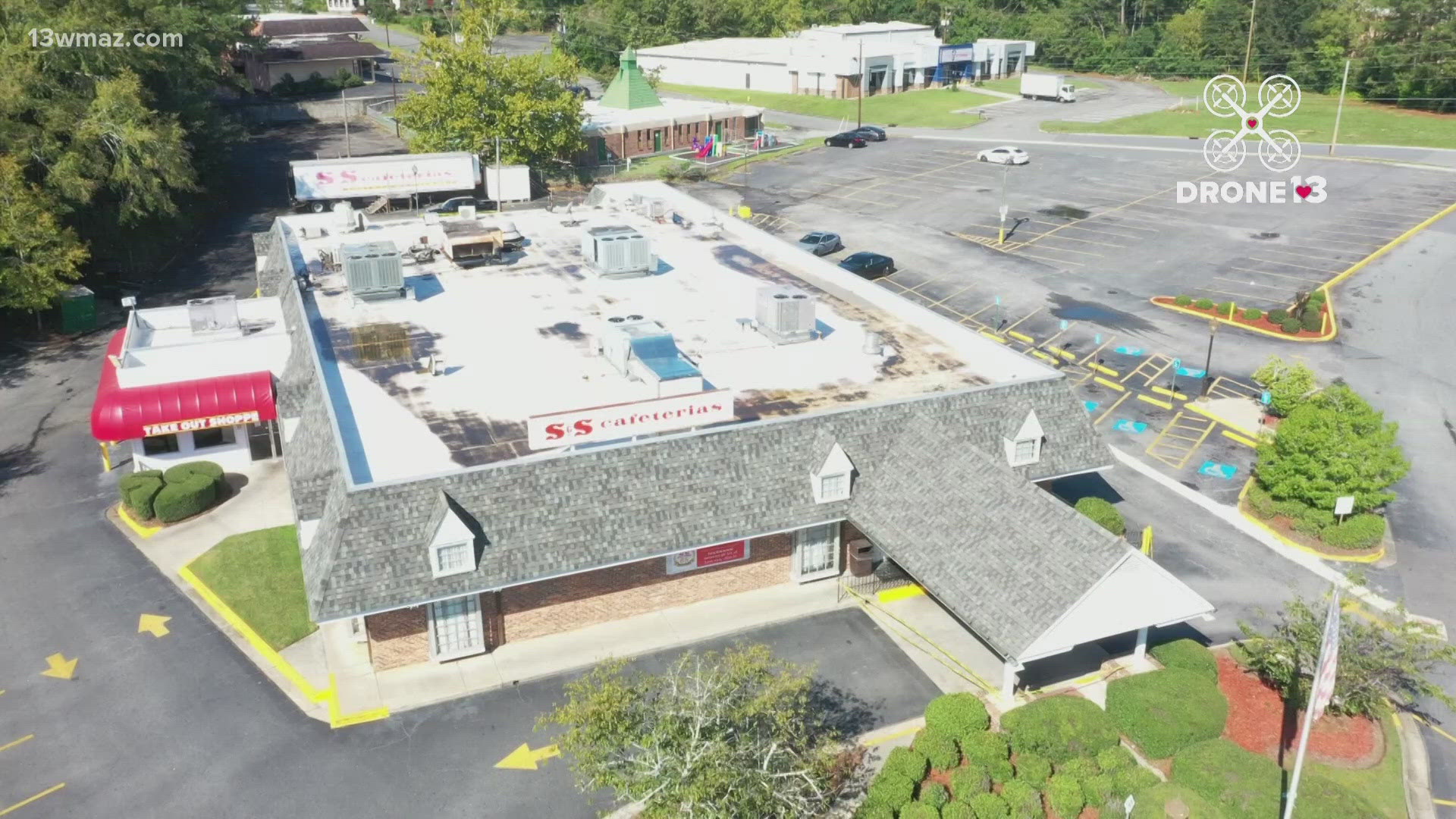SELMA, Ala. — Stunned residents tried to salvage belongings, and rescue crews pulled survivors from beneath collapsed houses Friday in the aftermath of a tornado-spawning storm system that killed at least nine people as it barreled across parts of Georgia and Alabama.
The widespread destruction came into view a day after violent storms flipped mobile homes into the air, sent uprooted trees crashing through buildings, snapped trees and utility poles and derailed a freight train.
Those who emerged with their lives gave thanks as they searched the wreckage to find anything worth saving.
“God was sure with us,” Tracey Wilhelm said as she looked over the shattered remnants of her mobile home in Alabama's Autauga County.
She was at work Thursday when a tornado lifted her mobile home off its foundation and dumped it several feet away in a heap of rubble. Her husband and their five dogs scrambled into a shed that stayed intact, she said. Rescue workers later found them inside unharmed.
A search crew also found five people unharmed but trapped in a storm shelter after a wall from the adjacent house fell onto it, Autauga County Coroner Buster Barber said. Someone inside had a phone and kept calling for help.

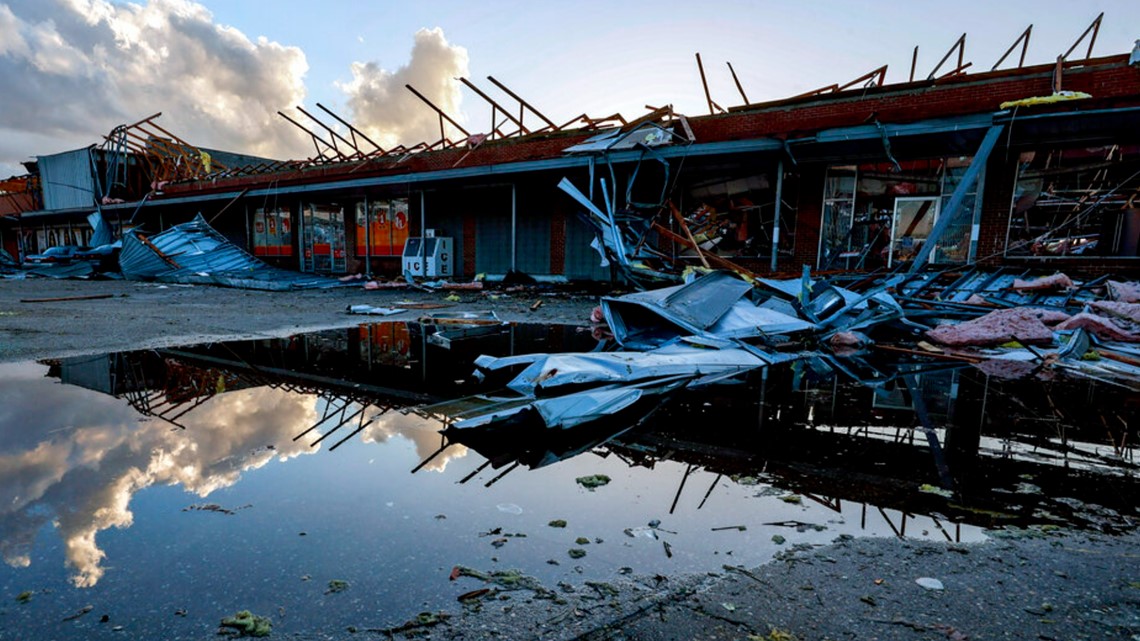
The National Weather Service, which was working to confirm the twisters, said suspected tornado damage was reported in at least 14 counties in Alabama and 14 in Georgia. Temperatures were forecast to plunge below freezing overnight in hard-hit areas of both states, where more than 30,000 homes and businesses remained without power at sundown.
The twister blamed for killing at least seven people in rural Autauga County left damage consistent with an EF3 tornado, which is just two steps below the most powerful category of twister. The tornado had winds of at least 136 mph (218 kph), the weather service said.
Downtown Selma, about 40 miles (64 kilometers) to the southwest, also sustained severe damage before the worst of the weather moved across Georgia south of Atlanta.
James Carter’s Selma home was damaged when the tornado tore through the city.
“I was at my house and I started hearing a little sound like a train. The closer it got, the louder it got. By the time it got over the house, the whole house was just shaking. My mom, she was laying in the bed, and I tried to put my body on top of her to protect her,” Carter said.
At least 12 people were taken to hospitals, Ernie Baggett, Autauga County’s emergency management director, said as crews cut through downed trees looking for survivors.
About 40 homes were destroyed or seriously damaged, including several mobile homes that were launched into the air, he said.
“They weren’t just blown over," he said. "They were blown a distance.”
In Selma, the city council met on a sidewalk using lights from cellphones and declared a state of emergency.
A 5-year-old child riding in a vehicle was killed by a falling tree in central Georgia's Butts County, said Georgia Emergency Management and Homeland Security Director James Stallings. He said a parent who was driving suffered critical injuries.

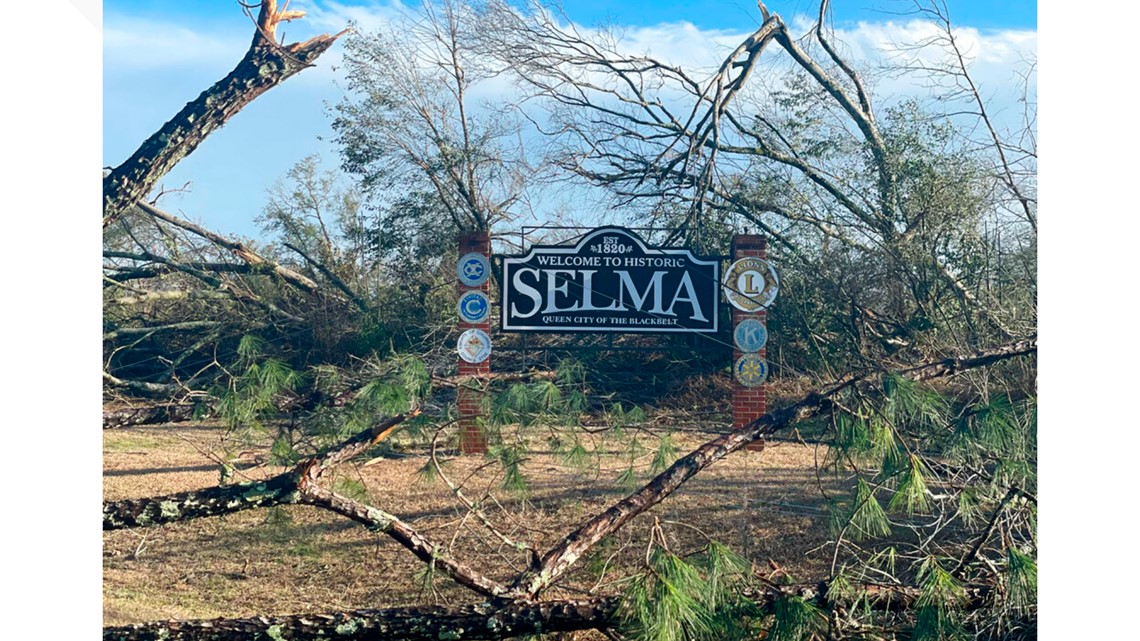
Elsewhere, a state Department of Transportation worker was killed while responding to storm damage, Georgia Gov. Brian Kemp said. He gave no further details.
Kemp surveyed some of the worst storm damage by helicopter. In some areas, he said, rescue teams had to dig into collapsed homes to free trapped survivors.
“We know people that were stranded in homes where literally the whole house collapsed, and they were under the crawl space,” Kemp told reporters.
The governor said the storm inflicted damage statewide, with some of the worst around Troup County near the Georgia-Alabama line, where more than 100 homes were hit. At least 12 people were treated at a hospital in Spalding County, south of Atlanta, where the weather service confirmed at least two tornadoes struck.
The storm hit Spalding County as mourners gathered for a wake at Peterson's Funeral Home in Griffin. About 20 people scrambled for shelter in a restroom and an office when a loud boom sounded as a large tree fell on the building.
“When we came out, we were in total shock," said Sha-Meeka Peterson-Smith, the funeral home's chief operational officer. "We heard everything, but didn’t know how bad it actually was.”
The uprooted tree crashed straight through the front of the building, she said, destroying a viewing room, a lounge and a front office. No one was hurt.
The tornado that hit Selma cut a wide path through the downtown area. Brick buildings collapsed, oak trees were uprooted, cars were tossed onto their sides and power lines were left dangling. Several people had serious injuries, Selma Mayor James Perkins said, but no deaths were reported.
“We’re some strong resilient folks here and we’re going to pull this thing back together, but we’re going to need some help,” Perkins said.
Kathy Bunch was inside the Salvation Army Service Center in Selma when tornado sirens sounded. She huddled in a back room and prayed as a loud roar passed through the brick building.
“It took the roof off. It busted the windows,” Bunch said. “And I’m just grateful to God to be alive.”
Workers in Selma used heavy machinery to scoop up splintered wooden framing and mangled siding Friday as utility poles leaned at odd angles and power lines sagged in the street.

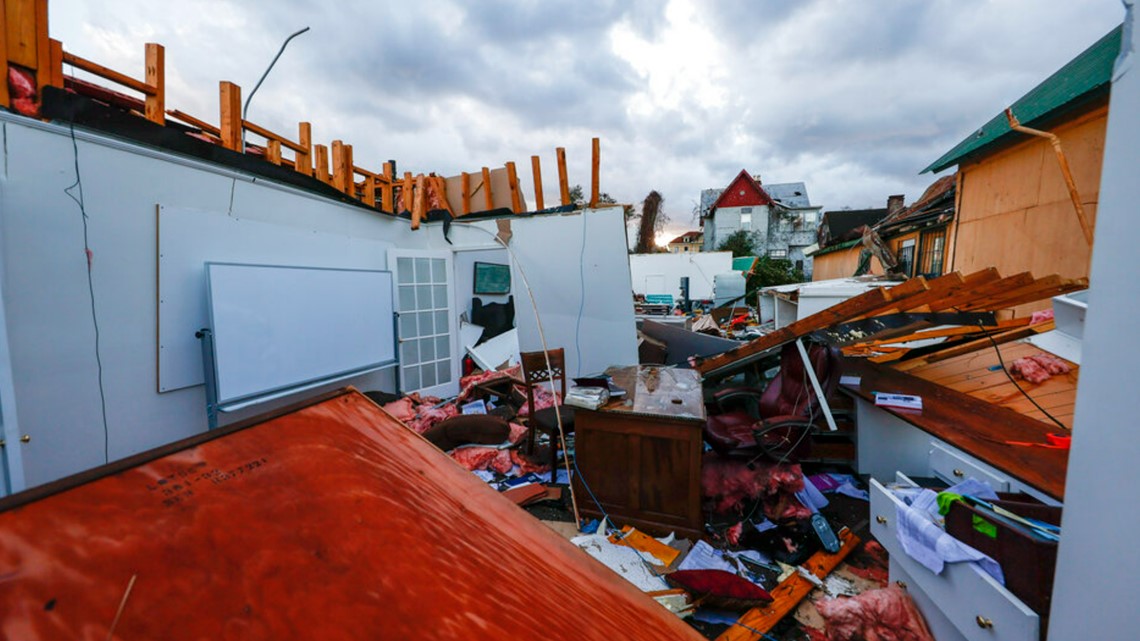
Alabama Gov. Kay Ivey visited the city and pledged to ask President Joe Biden to expedite a major disaster declaration to get aid flowing. Officials said federal assistance will be critical for communities such as Selma, where nearly 30% of the city's 18,000 residents live in poverty.
“It was far worse than anything I had envisioned or seen on television. Roofs are just gone and trees look like toothpicks,” Ivey said while touring the damage in Selma.
Located about 50 miles (80 kilometers) west of Montgomery, Alabama's capital, Selma was a flashpoint of the civil rights movement where state troopers viciously attacked Black people who marched non-violently for voting rights across the Edmund Pettus Bridge on March 7, 1965.
Three factors — a natural La Nina weather cycle, warming of the Gulf of Mexico likely related to climate change and a decades-long eastward shift of tornado activity — combined to make Thursday’s unusual tornado outbreak, said Victor Gensini, a meteorology professor at Northern Illinois University who studies tornado trends.
Associated Press writers Alina Hartounian in Phoenix, Arizona; Jeff Amy in Atlanta; Seth Borenstein in Denver; Rebecca Reynolds in Louisville, Kentucky; Christopher Weber in Los Angeles; and photographer Butch Dill in Selma, Alabama, contributed to this report.


